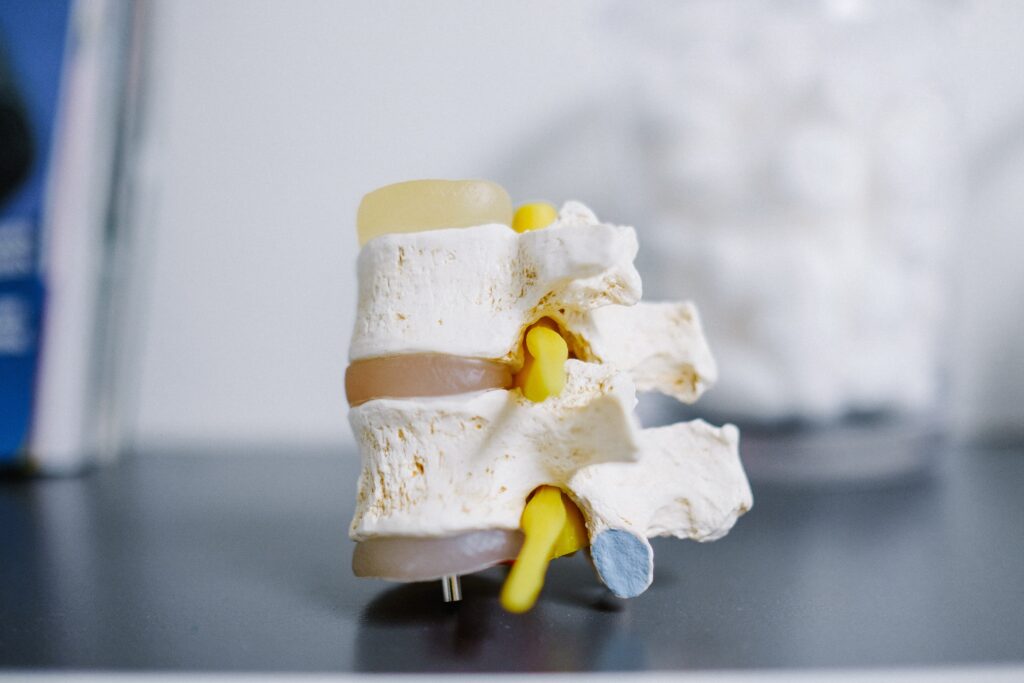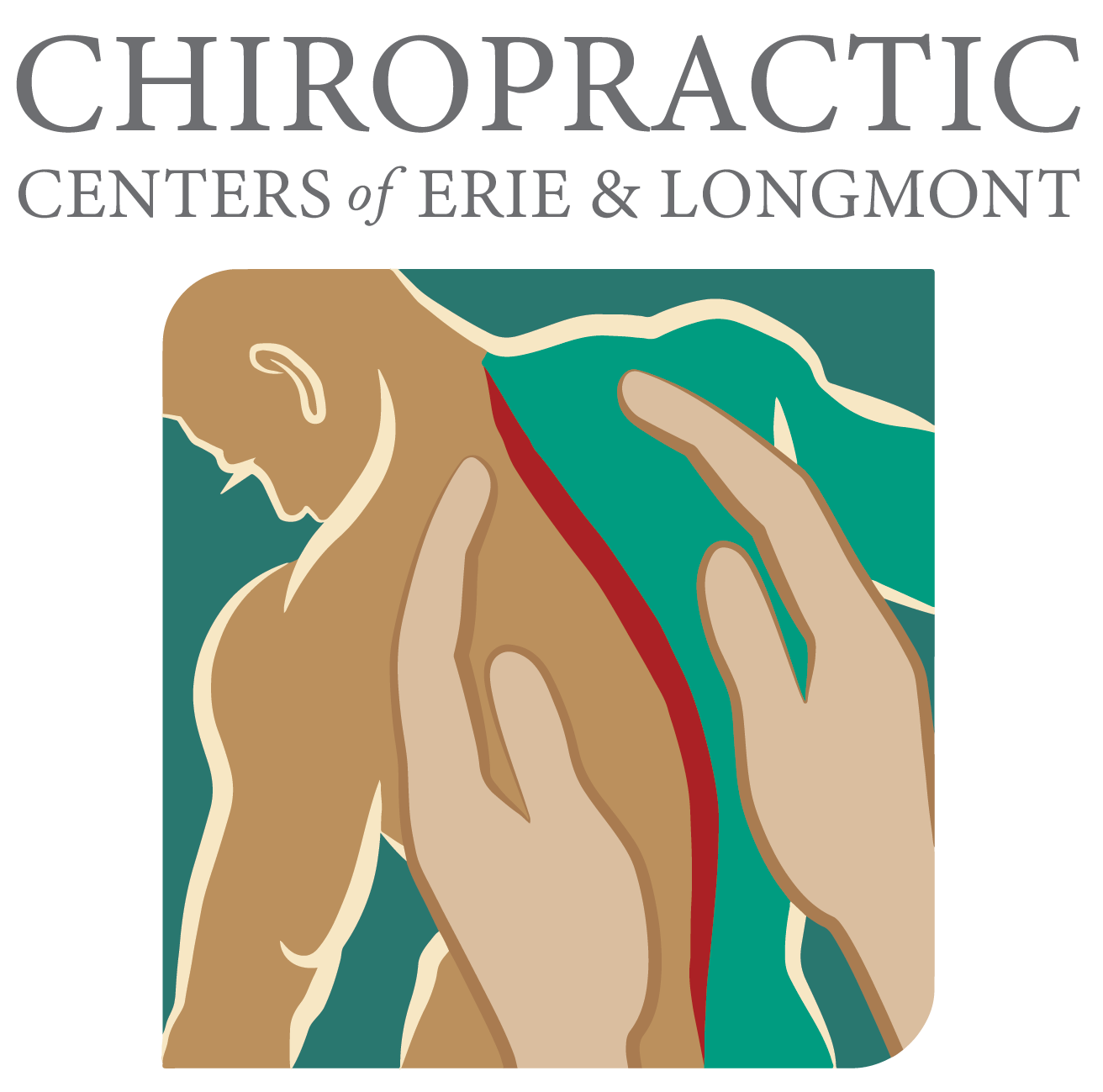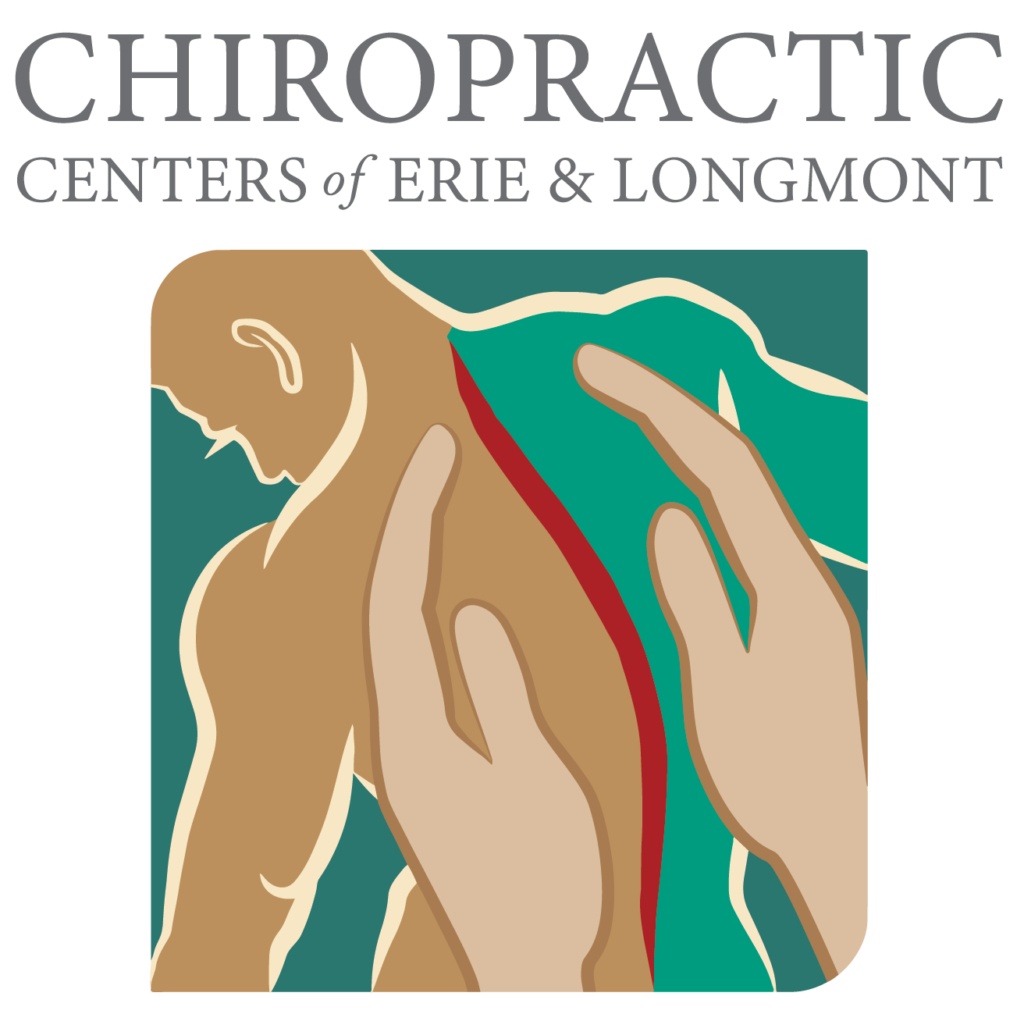Spinal Decompression

We have all heard of chiropractic care, but have you ever heard of chiropractic spinal decompression? This specialized form of chiropractic treatment is becoming more popular among people suffering from chronic back pain and other spine-related issues. With so many reported benefits, from improved function and flexibility to pain relief, it is easy to see why folks are turning to Chiropractic Spinal Decompression for relief. In this post, we will discuss the diverse ways Chiropractic Spinal Decompression can aid in healing and detail the benefits of this breakthrough therapy. So, if you are looking for relief from pain, increased flexibility, improved function, and range of motion, consider decompression therapy and regain control of your life.
Quick Insight into Key Points
Chiropractic Spinal Decompression is a type of treatment that uses gentle stretching to relieve pressure on spinal discs. It is a non-invasive, drug-free option for the relief of back or neck pain caused by compressed vertebrae.
What is Spinal Decompression?
Spinal Decompression is a non-surgical or minimally invasive therapeutic treatment that can aid in relieving chronic back pain symptoms caused by spinal disc degeneration, herniation, or other related conditions. It has become a go-to solution for many due to its ability to target and address the root of back pain through gentle stretching and relaxation of the spine. By creating negative pressure within the spinal discs, it “decompresses” them, allowing for rehydration of the discs and better circulation of nutrients to repair any damage.
There have been multiple studies that demonstrate spinal decompression’s efficacy, such as the study published in The American Journal of Pain Management which found 63% of patients with chronic lower back pain reported short-term relief after being treated with this therapy. While this form of therapy may not be suitable for everyone, depending on their condition and the severity of their pain, it can be considered in combination with more traditional treatments.
Now that we understand what Spinal Decompression is and how it works, let’s delve into discovering the possible benefits it offers when used as a form of chiropractic therapy.
Top Takeaways
Spinal Decompression is a minimally invasive therapeutic treatment used to target and address the root of back pain. It works by creating negative pressure within the spinal discs, allowing for rehydration of the discs and better circulation of nutrients. Although it is controversial within the medical community, there have been studies that demonstrate its effectiveness in relieving back pain. When considering this type of therapy, it should be done in conjunction with more traditional treatments.
Benefits of Chiropractic Spinal Decompression Therapy
The benefits of chiropractic spinal decompression therapy are vast and varied. This type of therapy is widely used to treat a variety of spine-related conditions, including disc herniation, sciatica, degenerative disc disease, and pinched nerves. Additionally, it can be used as a form of natural pain management and health promotion in people who live inactive lifestyles or have postural/structural imbalances. By creating suction between vertebrae and discs, decompression lifts pressure off the discs and nerve roots, allowing them to reposition themselves naturally. This helps spinal discs return to normal height and volume, while simultaneously rehydrating the discs with vital nutrients they may not receive in an inflamed state.
But it is not just these musculoskeletal issues that benefit from decompression therapy. It can also help improve circulation throughout the entire body, reduce inflammation from arthritis, as well as provide relief from neurological disorders such as headaches, cervical radiculopathy (shooting pains down the arm), numbness in the hands/fingers, leg weakness and stiffness, vertigo/dizziness, and more.
In many cases, spinal decompression can entirely eliminate the need for expensive drugs and surgeries that often have serious side effects. While some studies support its use for pain relief due to discogenic problems in people with sciatica who have failed other forms of conservative treatments, further research is needed to verify its efficacy in treating these conditions. Even so, this form of active physiotherapy has been found to be safe and effective at relieving various conditions commonly associated with neck and lower back pain specifically injured or degenerated intervertebral discs.
It’s clear that chiropractic spinal decompression therapy offers numerous physical and psychological benefits for people suffering from chronic pain or other spine-related issues. With its multitude of therapeutic advantages and few risks to consider, this modern medical procedure is becoming increasingly popular among healthcare professionals — ranging from general practitioners to sports medicine physicians — looking for an alternative treatment option for their patients. Now that you know what decompression therapy is meant to do for your health today let us look at how it could help treat neck and back pain tomorrow.
Treats Neck and Back Pain
Chiropractic spinal decompression is effective in treating neck and back pain. This therapeutic approach can help reduce neck tension, muscle spasms, and correct muscle imbalances that may occur from poor posture or injury. During treatment, a gentle stretch is applied to the spine which helps to create more space between vertebrae, allowing the ligaments and muscles to be less strained. The result of this therapy may often reduce pain, stiffness, and tension while improving the range of motion and energy level.
Proponents of chiropractic spinal decompression argue that it provides relief from both acute and chronic neck and back pain. Through regular use of chiropractic spinal decompression, people have experienced improved mobility as well as a reduction in muscle spasms around the problem area. One example of this is an individual with a herniated disk who found relief with just one session of therapy.
There is no denying that seeking out medical advice is always advised before pursuing any kind of treatment option. Having said that, chiropractic spinal decompression might be one recommended solution for individuals struggling with types of neck or back pain issues. As such, understanding the basic fundamentals — such as its benefits and risks — associated with this form of therapy can help you decide whether it’s something you’d like to pursue further or not.
With all this said about the potential benefits of chiropractic spinal decompression, it’s just as important to understand how improving posture can support overall health and wellbeing as well.
Improves Posture
After the introduction of spinal decompression as a method to treat chronic neck and back pain, another key benefit the treatment offers are improved posture. This is especially important among those who suffer from postural issues leading to severe misalignment of the spine. When posture is corrected, it helps with long-term pain relief as well as improved performance in physical activities.
Chiropractic care can also help to reduce any postural tension that a person may be experiencing. Through strategic spinal adjustments and manual manipulation of the body, posture can be corrected safely and quickly. Studies have shown that after aligning the spine to the correct position, there are obvious improvements in posture which help to promote overall health and well-being. With continued chiropractic spinal decompression treatments, individuals can maintain their improved posture for years to come.
Postural improvement not only benefits those with chronic neck and back pain but also those who are active or at risk of injury due to incorrect postural alignment while engaging in physical activities such as sports or strength training. So, if you are someone who needs assistance correcting your posture, spinal decompression may provide you with lasting relief without having to resort to more invasive methods.
Now that we’ve discussed how spinal decompression can help with posture issues, it’s time to look at who should seek out this treatment option for lasting relief.
Who Should Seek Spinal Decompression Treatment?
When it comes to who should seek spinal decompression treatment, the answer is not cut and dry. For some patients, this form of treatment may offer much-needed relief from chronic back pain, while for other individuals its benefits may be less noticeable. It is important to understand that spinal decompression is not a one-size-fits-all cure.
Research suggests that people with certain medical conditions may experience the most significant improvements in their physical health after attempting spinal decompression therapy. These individuals typically possess certain spine problems or pre-existing diagnoses including herniated discs, compressions of nerves, degenerative disc disease, sciatica, and posterior facet syndrome. Other people who have these conditions but don’t necessarily suffer from any associated pain may choose to take a more holistic approach to preserving their spine health via spinal decompression.
Furthermore, those who are overweight or obese may also benefit from this form of treatment due to heavier loads being put on the spine when compared to more slender individuals. However, because everyone’s body is unique, there is not necessarily a “right” answer when it comes to whether spinal decompression would be a beneficial intervention for an individual. The best way to find out if you can benefit from such treatment is by consulting with your chiropractor who can make an informed decision about your overall back health.
As beneficial as spinal decompression treatments can be for the right patient, there are still unknowns about how long any positive results might last—and this is something each person must consider before embarking on a course of treatment via chiropractic decompression therapy. Ultimately, an individual should weigh the risks against potential benefits before committing to a schedule of sessions that target their spine health. By considering all these options while also understanding the nuances related to seeking this type of treatment, patients can make an informed decision and potentially reap the rewards of chiropractic decompressive therapy. With that in mind, it is time we take a closer look at how this therapeutic technique works.
How Does Spinal Decompression Work?
Spinal decompression is a type of medical treatment for some conditions affects the spine. It specifically uses a motorized stretching table, which gently stretches the back to relieve pressure on the vertebrae, discs, and other spinal components. Through this type of “traction” in a controllable and comfortable manner, discs can be realigned and pinched nerves can be relieved. Spinal decompression has been shown to effectively treat chronic lower back pain, neck pain, herniated discs, sciatica, and degenerative disc disease.
Spinal decompression is an effective therapy for many conditions that cause pain and stiffness when other types of treatments are temporarily or ineffective. There is evidence to suggest that those who use spinal decompression have experienced an improved quality of life over time due to symptom relief. In addition, there are also studies showing that disc height increased after a series of treatments – suggesting constructive effects!
Either way, no matter what perspective one takes on spinal decompression therapy – it’s a safe option to pursue if you are considering alternative medical treatment options for your condition or discomfort. In treating such conditions properly, it is necessary to focus on motion techniques used with spinal decompression therapy such as vibration or oscillation combined with traction force to provide the best possible outcome.
Motion Technique Used for Spinal Decompression
Knowing how spinal decompression works part of the equation is only. What about the motion technique used to effectively create positive changes in the spine? Typically, a chiropractor will use a specialized table designed for spinal decompression treatment that is operated by a computer. This treatment table can move in various positions and heights, depending on the needs of the patient. As the table moves, tension is carefully controlled at a predetermined rate and pressure to create lesser amounts of space between different vertebrae in the spine.
The aim of this motion technique is to reduce unwanted pressure on certain parts of the spine that can cause pain, discomfort, and loss of mobility. Studies have shown that spinal decompression treatments done with these specific tables can provide significant relief from chronic back pain in some cases by removing pressure off one or several sections of the spine. Although there may be slight discomfort during and after treatment, it should not be too intense or last more than a few hours after treatment.
By creating micro-movements within the spine through this specially designed motorized table and lasting only 15 – 30 minutes, spinal decompression shows promise in offering patients comfort from their pain without any intrusive surgeries or medications. While it cannot guarantee relief from every ailment associated with an injury or problem within the spine, research suggests spinal decompression provides an effective alternative for those seeking relief from persistent back pain without having to resort to extensive treatments or medications. With its potential for providing relief without major risks and side effects, it’s worth talking to your healthcare professional about whether chiropractic spinal decompression could benefit you.
However, before trying any form of treatment, it’s important to consider both its pros and cons as well as potential risks and side effects that could arise due to our individualized conditions. As with anything medical related, discussing your options with your healthcare team ensures they understand your medical history so they can offer proper counsel if spinal decompression is right for you. With, potential risks associated with spinal decompression treatments are something we need to look at further; while many people have received benefits from this type of therapy, there are still some considerations we should be mindful of before trying it.
Services
What We Treat
Patient Types
FAQ
Answers to Commonly Asked Questions
Chiropractic spinal decompression is a non-invasive treatment that works by creating a distraction force along the spine. This helps to create a separation between individual vertebrae, which opens space for the discs of the spine to pull away from nerves and other structures. The distraction also helps to re-establish proper motion and engagement of soft tissue structures. As a result, your spinal muscles can relax and joints become better aligned, which helps to improve overall posture. This can alleviate the pressure put on nerve roots in the spine, helping to reduce pain and some other symptoms associated with compressed nerves. Additionally, spinal decompression can help to relax tense muscular tissues and reduce swelling, allowing for more comfortable joint function overall.
Chiropractic spinal decompression is a non-surgical, drug-free treatment that is used to help alleviate the symptoms associated with various conditions, including spinal disc herniations, bulging discs, sciatica, and degenerative disc disease. It works by gently stretching the spine to reduce pressure on the pinched nerves caused by these conditions. This allows for improved mobility and reduced pain as the spine is gently realigned. In addition, chiropractic spinal decompression can provide support for those dealing with weakened muscles or spinal injuries. By allowing for improved joint and muscle function, this form of treatment can have a positive impact on the overall recovery process from any type of injury or chronic condition.
Chiropractic spinal decompression is a non-invasive and drug-free therapy that can provide a range of benefits. It involves stretching the spine to relieve nerve pressure, reduce inflammation, and decreases strain on discs between the vertebrae. This in turn can help with the relief of back and neck pain, sciatica, herniated discs, degenerative discs, scoliosis, spinal stenosis, and other conditions related to chronic pain. It also helps increase mobility by improving joint health and flexibility.
Spinal decompression can also improve overall wellness by promoting circulation and decreasing tension in muscles, ligaments, and tendons. By relieving pressure from the nerves, it can alleviate both chronic and persistent pain as well as muscle spasms. The sessions are designed to be comfortable and relaxing - since there are no needles or drugs involved – which enables patients to feel great during the treatments.
Overall, regular chiropractic spinal decompression provides a variety of relief for physical, mental, and emotional health. From reducing pain to increasing mobility to improving circulation and relaxation, this form of treatment has multiple beneficial outcomes that make it ideal for anyone looking for holistic relief from chronic pain or uncomfortable musculoskeletal conditions.

